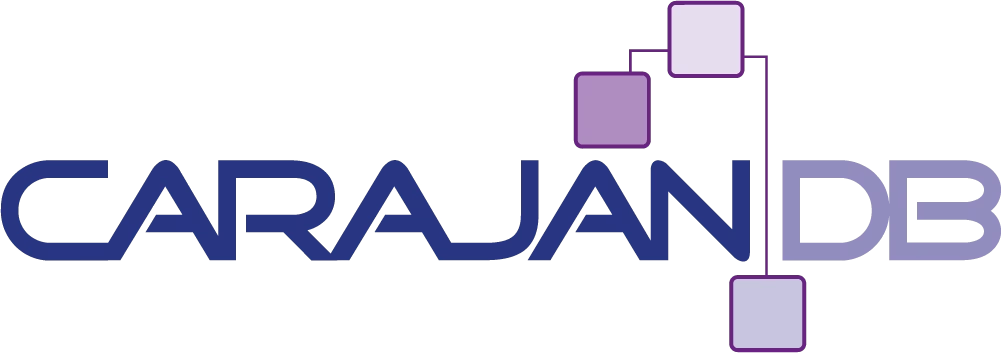Flashback Query – Part 3
In my last blog about Flashback Query “Flashback Query – Part 2” I had to admit that with Oracle Database Standard Edition it did not work as expected. So what if we are using Enterprise Edition? This is a similar example with the same Flashback Data Archive and the same tables but with Oracle Enterprise Edition 12.1.0.2 with PSU160419 from April 2016.
Flashback Query – Part 3 Blogbeitrag lesen »




